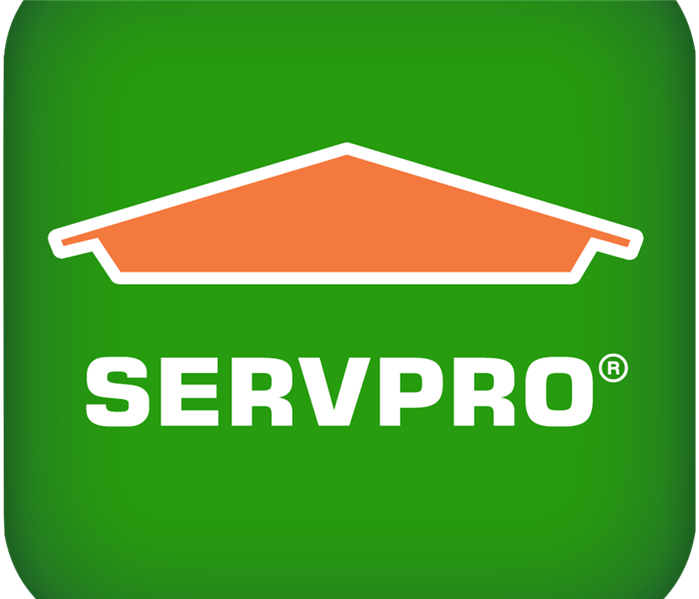A Day in the Life of a Crew Member
6/8/2016 (Permalink)
The day always starts with freshly brewed, strong, black coffee. Once work orders are received from the Production Manager, we make sure our vehicle is fully stocked in order to respond to any type of disaster (mold, sewage, water, fire, deep cleaning, air ducts, etc.). Keep in mind that proper preparation is key to prevent poor performance!
Even if going out on an assigned job, SERVPRO is 24-7-365, therefore, it is possible that a new loss comes in at some point during the day and crews need to respond. In this case, shifting and adjusting of crews, and accommodating all clients takes motion.
Once arrived at a new loss, we make sure we check every area and every material to make sure a home or business is well inspected. Often individuals do not realize all the areas that have been effected in situations like water loss. For example, someone may have seen water drip onto their kitchen floor but may have not seen the water inside their top cabinets (the entire ceiling is a wet mess)!
Crew Chiefs lead the introduction with clients on-site. We meet the customer and discuss how the loss happened, when it happened, and what they have done to date about the crisis/issue. Next, we talk about this person’s insurance coverage to see if they have made a claim and talked to an insurance representative.
As long as all the proper resources have been included in communications and a claim number issued, SERVPRO now works with the insurance company. Conversations go back and forth to determine the best possible way to repair damages so that the customer usually only has to pay for their deductible.
Next we are drawing/sketching the loss area to measure so we can calculate the type of equipment and how much equipment is needed to begin work. In a water loss, crews would then begin to remove any excess water and set-up drying equipment (air movers, dehumidifiers, drying mats).
Estimators now enter the picture because they are viewing the loss sketches on SERVPRO’s online software. They create a computer drawing and make sure we are meeting and complying with all the standards for that specific insurance company.
Crew Chiefs plan to monitor the loss site daily until drying is complete at a water loss; or they make sure a house/business is completely cleaned and all checklist items are complete.
Safety practices and procedures include the power and outlets to a home/business are not compromised. Crews also check drywall and plaster to make sure no materials can fall or break loose. Protective gear also is worn when appropriate for demolitions, biohazards, and cleaning such as sewage jobs.
At the end of a shift, it is general practice to refuel items, clean vehicles of debris, and restock vehicle materials and products for the next shift.
We return to our warehouse to touch base with the production manager, general manager, estimation and marketing divisions so everyone is on the same page about progress on jobs, and where the next call is taking us in the Metro Pittsburgh region.




 24/7 Emergency Service
24/7 Emergency Service
